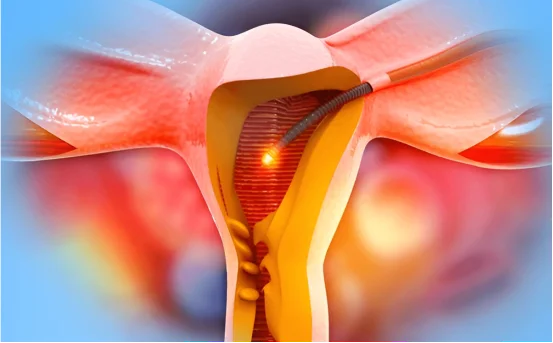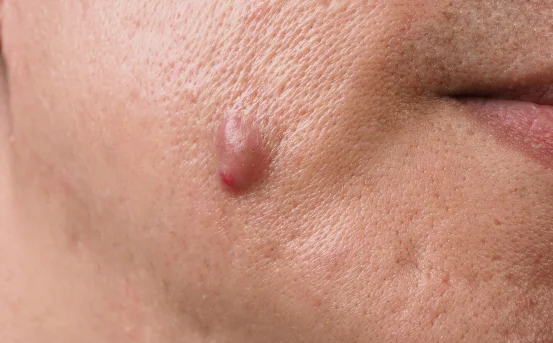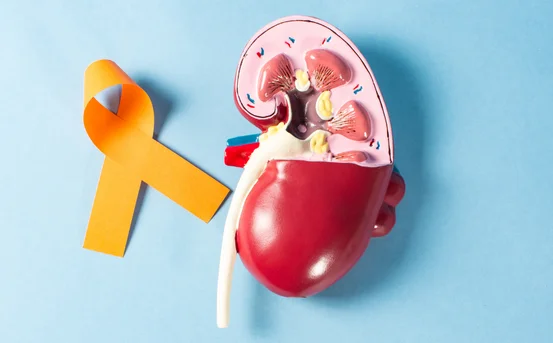Uterine fibroids, also known as myomas and leiomyomas, are benign growths that form in of or on the outside of the uterus. The condition affects millions of women worldwide and especially women between 30 and 50, fibroids differ in size, quantity and severity. Although some causes for fibroids surgery are minor and unnoticeable, some can seriously affect a woman’s health.
A frequently asked concerns about fibroids is “When is surgery required?” While non-invasive and medical treatments are available, surgery is required when fibroids cause persistent and serious symptoms that are not responding to treatment with a conservative approach.
What Causes for Fibroids Surgery in the First Place?
Before determining what causes for fibroids surgery to treat , it’s crucial to understand why fibroids grow. Although the exact reason is undetermined, there are several factors recognized to increase the risk of developing the condition:
- Hormonal imbalances Estrogen and progesterone, hormones which increase the uterine lining in every menstrual cycle, can encourage fibroid development.
- Genetic factors The presence of a family history of fibroids raises your chance of developing it.
- Obesity: Body fat that is too high could increase levels of estrogen, which could encourage the development of fibroids.
- Ethnicity: Research has shown the fact that women of African descent are at a higher risk for developing fibroids and suffer more serious symptoms.
- Lifestyle factors: A diet high in red meat and deficient in green vegetables, together with a lack of exercise can contribute to the growth of fibroids.
But it is not necessary for all fibroids to undergo surgery. Let’s examine when and why fibroids cause surgery.
Why Surgery Becomes Necessary: Major Causes for Fibroids Surgery
Heavy or Prolonged Menstrual Bleeding
A very commonly reported signs of fibroids in the uterus can be excessive menstrual bleeding. Women may experience:
- A period that lasts longer than one week
- The requirement to change the sanitary products each hour
- Menstrual flow can cause blood clots.
- Anemia or fatigue due to blood loss
If medical treatments fail to treat these symptoms, surgical elimination of fibroids is required to avoid complications that could arise like iron-deficiency anemia.
Severe Pelvic Pain and Pressure
Multiple growths or large fibroids may cause continual pelvic discomfort and intense abdominal pain that is often misinterpreted as endometriosis, or Ovarian cysts. The pressure could also affect the organs around it, resulting in:
- Bladder problems (frequent urine urination, (or urinary retention)
- Bowel issues (constipation or the bloating)
- Pain during intercourse (dyspareunia)
If these symptoms continue to affect your daily routine The surgery could be the most effective long-term solution.
Rapid Fibroid Growth or Enlarged Uterus
In some instances fibroids can grow quickly and can alter the shape or size of the uterus. An overly large uterus could:
- It can cause the appearance of a “pregnant stomach” appearance
- This can cause complications with adjacent organs
- The risk of having urinary tract and gastrointestinal problems
These dramatic growth patterns could suggest an urgent need for the procedure of myomectomy (fibroid elimination) or an hysterectomy (complete elimination from the uterus) in particular when malignancy is not completely eliminated.
Infertility or Recurrent Miscarriages
Uterine fibroids, specifically those that form inside the cavity of uterine tissue (submucosal fibroids) may cause problems with:
- Embryo implantation
- Function of the fallopian tube
- Successful pregnancy
If you are a woman trying to conceive, or suffering from multiple miscarriages or miscarriages, fibroid surgery could improve the reproductive outcome and improve the odds of having a healthy pregnancy.
Failed Medical or Non-Surgical Treatment
A lot of patients begin with hormone therapy or IUDs or fibroid-shrinking drugs like GnRH agonists. Some may also try non-invasive procedures, such as uterine arterial embolization (UAE) or an MRI-guided focused ultrasound.
But, if these methods don’t provide relief, surgery is the most reliable and effective treatment alternative.
Types of Fibroid Surgeries
Based on the degree, location and amount of fibroids, doctors may recommend one of the surgical procedures listed below:
Myomectomy
The procedure is able to eliminate fibroids and protecting the uterus. This makes it perfect for women who want to be pregnant. It is possible to perform it by:
- Laparoscopy (minimally minimally)
- Hysteroscopy (for cavity-based fibroids)
- Incisions in the abdomen (open surgery to treat multiple fibroids or large ones)
Hysterectomy
This refers to the complete removal of the uterus. It’s usually suggested in the following situations:
- Fibroids are very large or numerous.
- The patient has now completed her family
- The symptoms are persistent and severe.
Hysterectomy is the sole permanent solution for causes for fibroids surgery since it guarantees they won’t be recurred.
Conclusion
Uterine fibroids are extremely frequent however this doesn’t mean that they must be overlooked. If they are not treated, fibroids can have a devastating impact on your everyday lifestyle, your reproductive health and your overall health. Surgery is required when treatment options fail or when fibroids start to affect vital bodily functions.
You or someone else you are aware of suffers from painful pelvic pain that is chronic, heavy bleeding, or other fertility issues seek out a gynecologist and determine the best treatment options, including whether a fibroid procedure is the appropriate next step.























